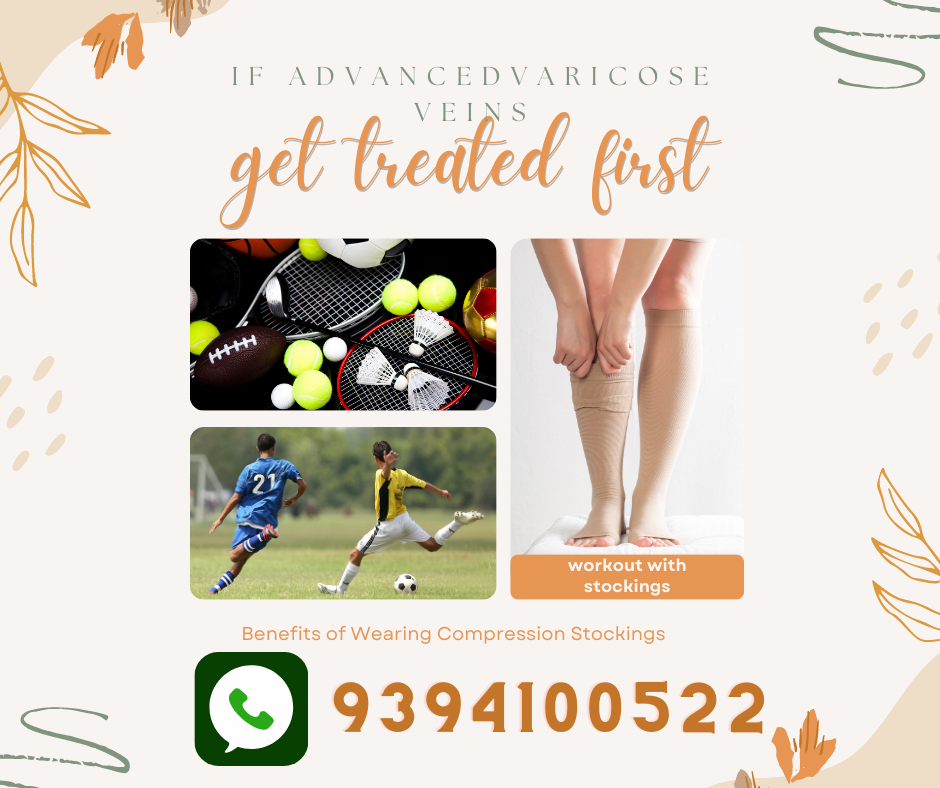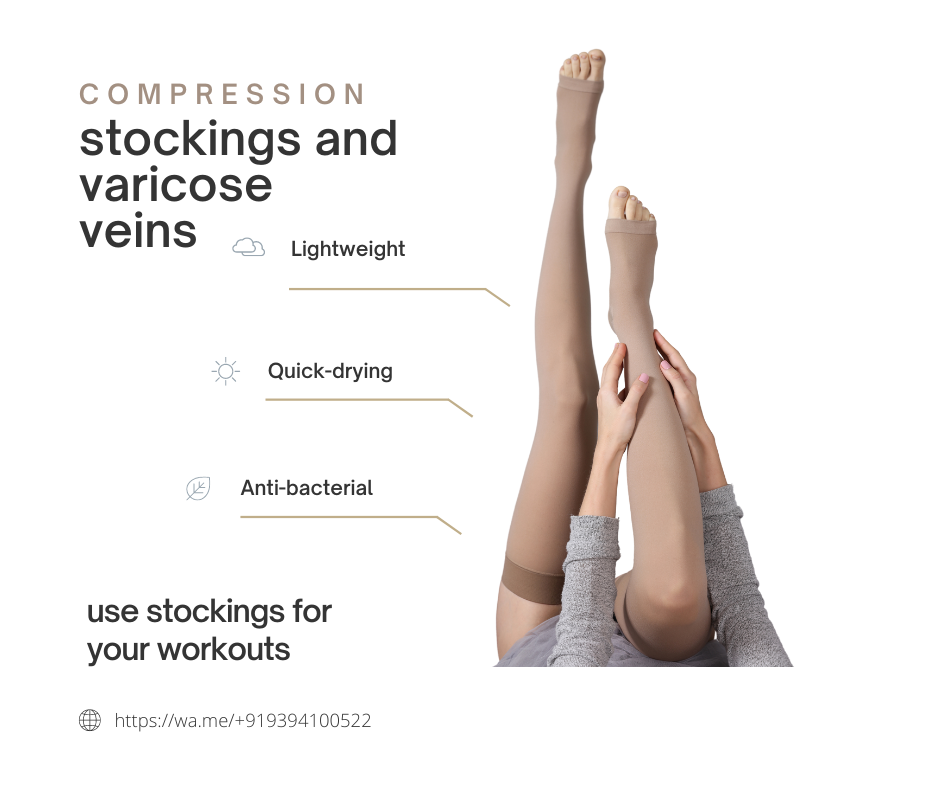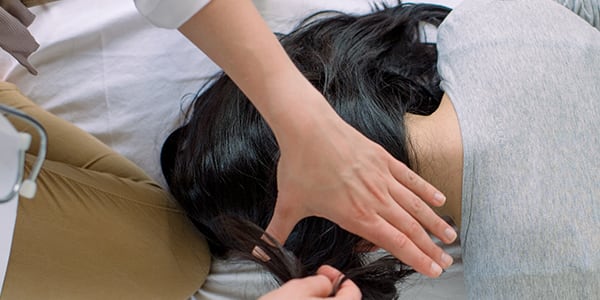Varicose Veins
Varicose veins are swollen, twisted veins, typically found in the legs. They occur when valves inside the veins weaken, allowing blood to pool instead of flowing smoothly back to the heart. This can cause:
- Visible bulging veins
- Aching or tired legs
- Itching or burning sensation
- Skin discoloration
Laser treatment offers a minimally invasive option for varicose veins. Here’s how it benefits you:
- Less pain and scarring: Compared to traditional surgery, laser treatment is less invasive, leading to quicker recovery and minimal scarring.
- Quick procedure: The in-office procedure usually takes less than an hour.
- Faster recovery: You can often return to normal activities right after treatment.
- Improved appearance: Laser treatment effectively shrinks varicose veins, improving the look of your legs.
- Potentially fewer side effects: Compared to other procedures, laser treatment carries a lower risk of side effects.
However, it’s important to consult a doctor to see if laser treatment is right for you. While effective, it may not be suitable for all cases of varicose veins.


Physical Activity for Varicose Veins Relief
To minimize varicose vein symptoms, it is recommended to incorporate movement into your daily routine. Prolonged sitting or standing may accelerate the condition, and the following exercises can help:
-
Walking: Strive to walk for at least 30 minutes every day. If necessary, you may divide this into shorter intervals throughout your day.
-
Stair Climbing: Opt for the stairs instead of elevators or escalators whenever possible. Raising your calf muscles as you climb can contract your leg muscles, squeezing the blood back up your legs.
-
Calf Raises: Standing or sitting, you can move the blood in your lower legs by raising your heels off the floor using your calf muscles. You may repeat a set of 10-15 calf raises multiple times daily.
-
Toe Flexes: Extended periods of standing or sitting can lead to swollen feet and toes. Lying down on the floor with your legs stretched out, flex your toes forward and backward. Repeat the movement 20 times per leg.
-
Stretching: Stretching, increasing flexibility, and contracting and relaxing your muscles promotes vein health. Specific stretches that help with venous insufficiency are lunges, lying on your back with your legs up against a wall, and forward folds.
-
Yoga: Building strength and flexibility through yoga can alleviate pain and swelling associated with varicose veins. It is also beneficial for maintaining strength and flexibility as you age.
Regular exercise can improve your overall health, in addition to reducing varicose vein symptoms. It can also enhance long-term vein health and prevent future varicose veins. If exercise does not help relieve your symptoms, consider seeking professional help from https://wa.me/+919394100522 to schedule an appointment or for more information about our cutting-edge treatments.

Benefits of Wearing Compression Stockings
Compression stockings, also known as compression socks, are unique elastic hosiery that promotes healthy blood circulation and can prevent various health conditions, such as:
Chronic venous insufficiency
Spider veins
Varicose veins
These stockings apply pressure to your ankles and legs, compressing the surface arteries and veins. This compression aids the proper functioning of vein valves, enabling blood to flow back to the heart without obstructions.

Cold Laser Therapy
Lorem ipsum dolor sit amet, consectetur adipiscing elit, sed do eiusmod tempor incididunt ut labore et dolore magna aliqua. Ut enim ad minim.

